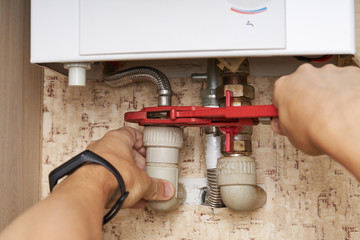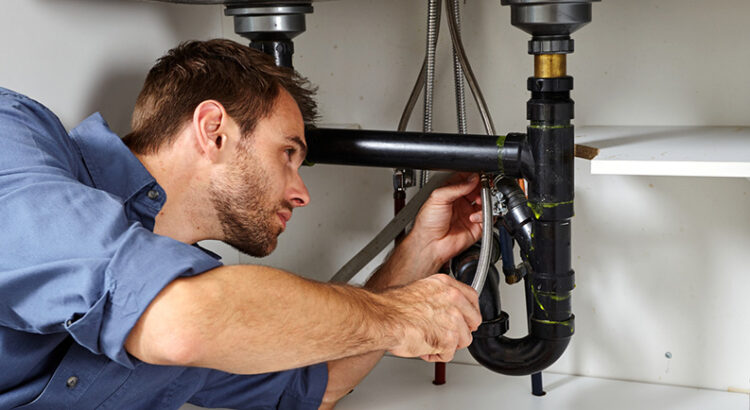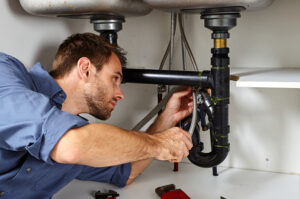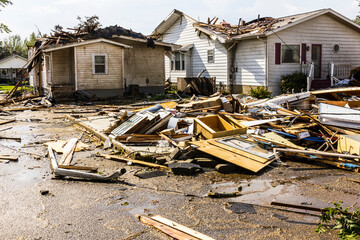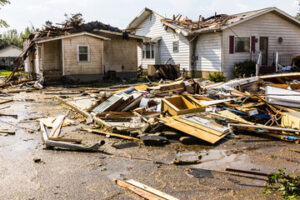If you’re experiencing a lack of hot water, it may be time to replace your heater. But there are a few things to keep in mind before you do so.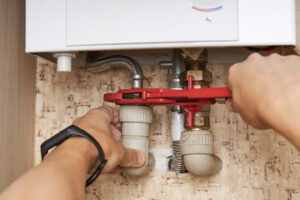
Ensure that the new tank is sized appropriately for your home. Use an appliance dolly to help you maneuver the heavy unit into place. Contact Hot Water Heater Replacement Denver for professional help.
The thermostat keeps the temperature of your water heater within a safe range to meet your household hot water needs while saving energy and prolonging the life of the tank. Most manufacturers set the thermostat to 140 degrees Fahrenheit, but for many households it is more efficient (and safer) to lower the temperature to 120 degrees Fahrenheit.
The thermocouple or thermopile on gas water heaters keep the pilot light lit. As the pilot light burns, it creates a small electrical current that keeps a gas valve open. If the pilot light goes out, the thermocouple or thermopile stops creating a current and the gas valve closes, preventing any gas from reaching the burners inside your water heater.
When the thermostat fails it can cause your water heater to overheat and damage itself, requiring replacement. The temperature and pressure relief valve, or TPR valve, is a safety feature designed to relieve excess pressure from the water heater if it overheats or leaks. If the TPR valve fails, it could be released in a dangerous stream of steam, causing property damage and potential injury.
To ensure the TPR valve is working correctly, you should test it with a multimeter annually. To perform the test, first turn off your water heater and disconnect all power wires from it. Next, use a screwdriver to remove the upper and lower thermostats from their access panels. Number each of the thermostat screws so you can reconnect them in the correct order when putting the thermostats back on.
Place the meter lead on the reset terminal of the upper thermostat (it’s usually the closest to the red reset button). If it reads 1 ohm, the thermostat is functioning properly and it is the lower one that is defective.
If the upper and lower readings are the same, it means both are defective and need to be replaced. If you don’t get a reading, then the thermostat is functioning normally and your problem is another part of your water heater or the power supply. Make sure to disconnect all power wires before testing each of the two thermostats.
Anode Rod
The anode rod is a metal rod, usually made from aluminum, magnesium, or zinc, that’s suspended inside your water heater tank. It’s designed to corrode faster than the steel water heater tank or other exposed metals in the unit. This allows the anode rod to “sacrifice” itself, protecting the tank from rust and corrosion and prolonging the life of your hot water heater.
Anode rods need to be replaced about once a year or so, depending on your water quality and the size of your hot water heater. They are one of the most important parts of your hot water heater to keep in good condition, as they’re an essential part of your tank’s protection against rust and corrosion.
You’ll know it’s time to replace your anode rod if you start noticing signs of a bad anode rod, such as smelly or discolored water. The anode rod is usually attached by either a nipple-type screw on the top of your tank or by a plug-type opening on the side of your tank. The nipple-type screw is fairly easy to remove and inspect, but the plug-type anode rod can be more difficult to access and may require a bit of force to free it.
If you’re planning on replacing the anode rod yourself, you’ll need to turn off your water supply valve first, as well as drain and empty the tank if necessary. You’ll also need some tools and a good amount of headspace above your water heater to make the job easier. If you’d prefer not to deal with all the headaches and potential dangers of attempting to replace your anode rod, consider calling a professional plumber or HVAC technician instead. They’ll have the tools and experience to do the job quickly, safely, and effectively.
Anode rods are available in a variety of styles and materials, but the most common type is a magnesium anode rod. These are inexpensive, and they tend to last longer than an aluminum or zinc rod. If you’re concerned about toxicity or prefer to avoid any potential health risks, you can opt for an electric anode rod. These plug into an outlet and use electricity to serve the same function as a traditional anode rod, without the toxicity.
Dip Tube
If your hot water heater is taking longer than usual to produce steam, if you’re finding small pieces of white plastic in your shower nozzles and washer supply tubes, or if your tank seems to be producing lukewarm water, a failing dip tube could be the cause. The long, white piece of plastic that extends from the cold water inlet to near the bottom of your tank, a damaged or broken dip tube can cause hot water deficiency throughout your house.
A dip tube is designed to direct incoming cold replacement water down into the lower part of the tank and away from the hottest, vaporizing water that rises from the top for use in your faucets and appliances. Without a dip tube, dense, cold incoming water mixes with the warmer, lighter water floating on top, which in turn cools your heated water as it heads to your faucets and appliances. With a working dip tube, this dense, cold water is naturally segregated from the hot layer at the top and the resulting mixture is lukewarm at best.
Dip tubes are made from a variety of materials, including fiberglass and steel, but cross-linked polyethylene PEX is the most popular choice due to its durability in high water temperatures. Over time, mineral deposits from hard water build up inside the tube and shorten its lifespan to as little as two years. Replacing the dip tube with one made from a durable material will help prolong its lifespan and keep your water as hot as it should be.
To replace a defective dip tube, first shut off the power to your water heater at its circuit breaker. Then, close the water supply valve on the cold water line to your tank. Next, using a flat screwdriver, loosen the nipple (short galvanized pipe) on the cold water inlet and gently remove the old tube. Carefully, as it may crumble and fall into your tank, and be sure to dispose of any plastic debris correctly. Then, attach a new, durable dip tube to the cold water inlet and make sure it extends all the way to the water at the bottom of your tank. Finally, reattach the cold water inlet and turn the power and water back on.
Pressure Valve
This is a safety valve that opens to discharge excess water or steam in the event that the temperature or pressure inside the tank rises too high. It also helps to prevent a water heater explosion and protects you and your family from severe burns and property damage. It should be tested regularly to ensure it works properly, and you should replace the valve if it becomes faulty or stuck.
Typically, this valve is located near the top of your hot water heater and has a lever you can lift up or down. It also has a discharge pipe that runs downward from the valve. If the valve is leaking or not working, you can usually test it by placing a bucket underneath the discharge pipe and pulling back on the metal lever to discharge water into the bucket. The valve should snap shut when you release the lever, so if it doesn’t, it’s time to replace it.
Before you start changing the valve, it’s best to consult a professional plumber so they can ensure you are doing this safely and correctly. They can also ensure you have the right parts and tools on hand. They can also help you to choose a new valve that will fit the existing discharge tube. If you’re going to change the valve yourself, first turn off the gas by turning the valve to the off position. Then, shut off the water at the main shut-off valve so you don’t accidentally damage your water heater when replacing the valve. Next, unscrew the old valve from the discharge pipe and screw the new valve onto the tube. You can use a wrench to help you, but be careful not to overtighten the valve so that it cracks or breaks. Finally, screw the discharge tube back into place. If you need to, you can apply a strip of Teflon (r) pipe-thread tape on the threads to prevent them from stripping or breaking. Finally, screw the discharge tube into place, starting with your hands and then tightening it with a wrench.
